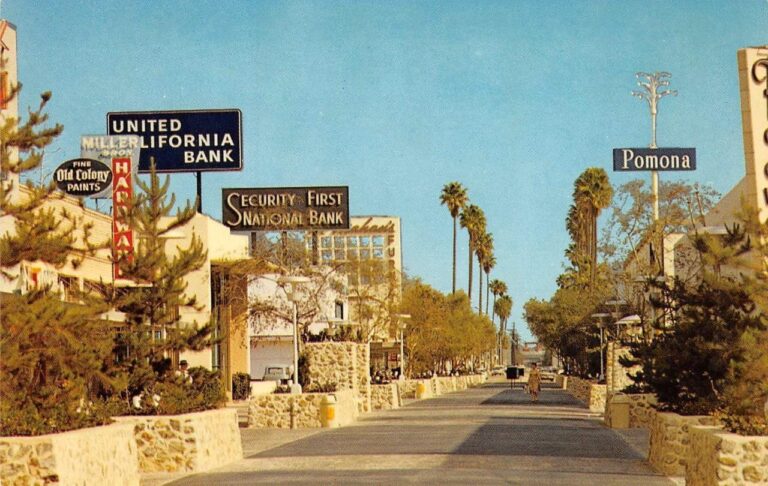Physical Address
304 North Cardinal St.
Dorchester Center, MA 02124
Physical Address
304 North Cardinal St.
Dorchester Center, MA 02124

Urbanists love to celebrate, and replicate great urban spaces – and sometimes can’t understand why governments don’t: But what’s important to recall – especially for those of us under, uh, 41 – is that pedestrianized streets aren’t a new concept coming into style, they’re an old one that’s been in a three-decade decline. Samantha Matuke, Stephan Schmidt, and Wenzheng Li tracked the rise and decline of the pedestrian mall up to the onset of the pandemic. Even in the urbanizing 2000s and 2010s, 14 pedestrian malls were “demalled” against 4 streets that were pedestrianized: In a 1977 handbook promoting pedestrianization, Roberto Brambilla and Gianni Longo admit that some of the earliest “successes” had already failed: In Pomona, California, the first year [1962] the mall received nationwide press coverage as a successful model of urban revitalization; there was a 40 percent increase in sales. But the mall was slowly abandoned by its patrons, and now, after fifteen years of operation, it is almost totally deserted. A Handbook for Pedestrian Action, Roberto Brambilla and Gianni Longo, p. 25 One obvious reason for the failure of many other pedestrianized streets is that they were too little, too late. The pedestrian mall was one of several strategies against the overwhelming ebb tide of retail from downtowns in the postwar era. They weren’t seen as alternatives to driving, but destinations for drivers, who could park in the new, convenient downtown lots that replaced dangerous, defunct factories. A minority of the postwar-era malls survived. The predictors of survival are sort of obvious in hindsight: tourism, sunny weather, and lots of college students, among other things. Some of the streets which were “malled” and “demalled” have rebounded nicely in the 2000s. The slideshow below shows Sioux Falls’ Phillips Avenue in 1905, 1934, c. 1975, and 2015. The […]
I added a few features to improve the reader experience: 1. I started using twitter (in addition to linking on delicious) to share links to related articles. You can follow the Market Urbanism twitter feed here. I think I’ll eventually phase out the delicious feed, and use twitter exclusively. 2. I migrated the comments to DISQUS. The comments should remain threaded as they did before, but will have added functionality for commenters such as: * Track and manage comments and replies * Verified commenter reputations across sites * More control over your own comments on websites * Never lose your comments, even if the website goes away * Build a global profile, or comment blog, to collect and show off what you’re saying * Easier to comment on websites using Disqus * Reply to comments through email or mobile * Edit and republish comments with one click Please let me know if you encounter any problems with the new commenting system. 3. Based on some of the discussions on recent posts, which I found very valuable, I decided it would be good to add a FAQ page. This is under development, but I think it will serve as a valuable resource. Let me know if you have any questions for the FAQ or suggestions.